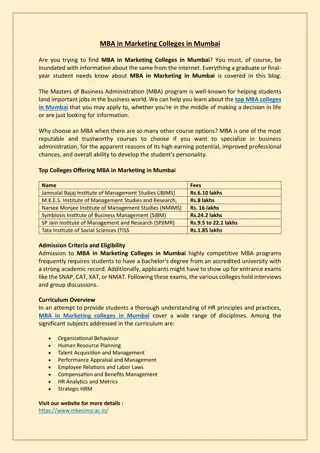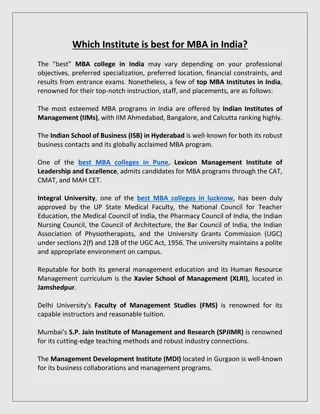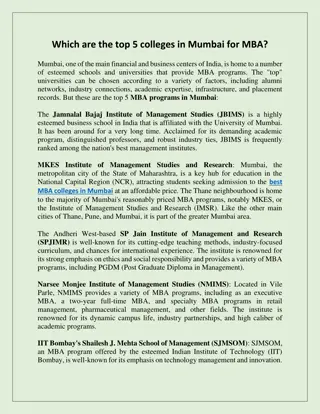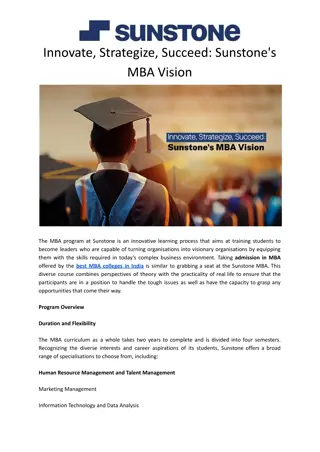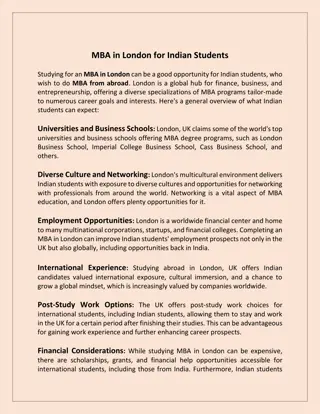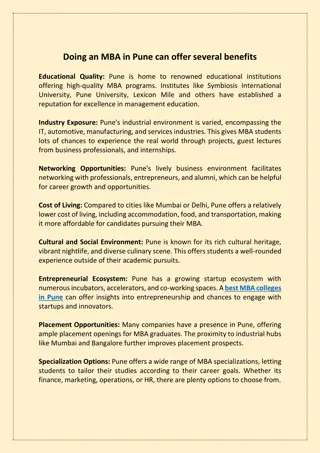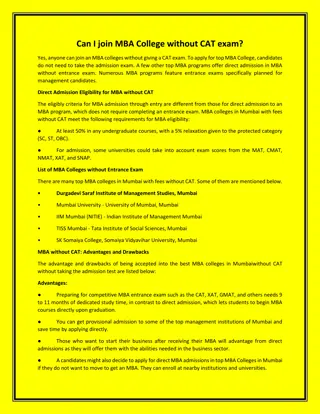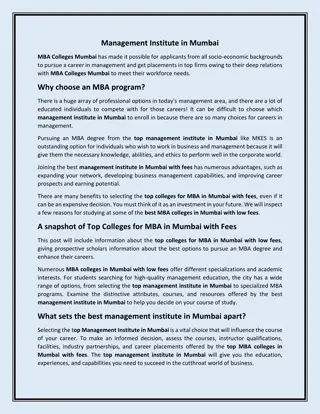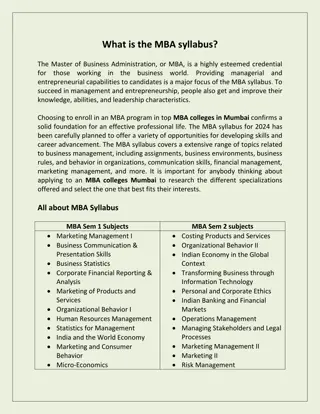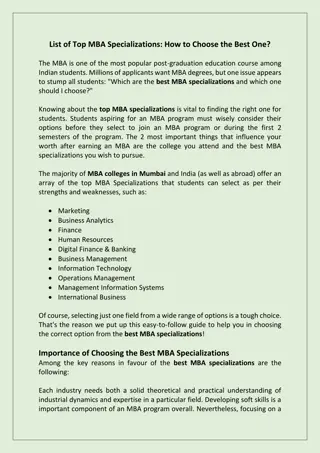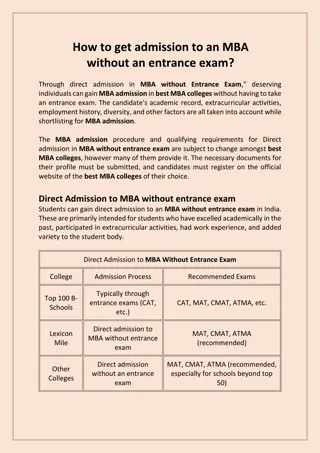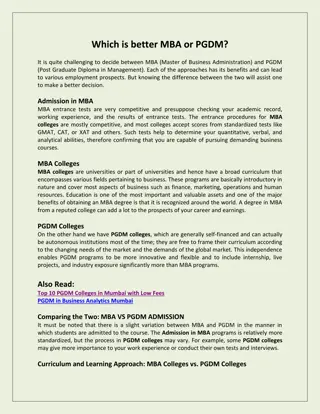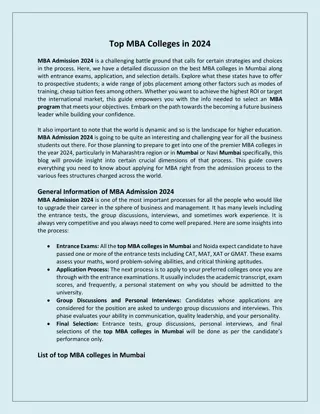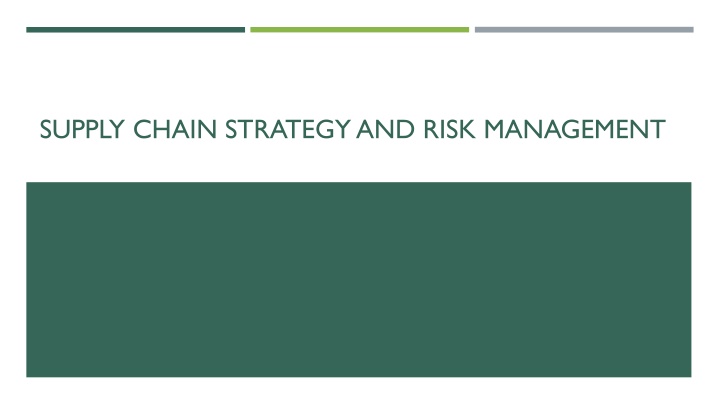
Effective Supply Chain Strategy and Risk Management Guide
Discover the importance of risk management in supply chains, key types of risks, frameworks for strategy, and mitigation strategies. Learn how to balance cost-efficiency with resilience for long-term success and competitive advantage.
Download Presentation

Please find below an Image/Link to download the presentation.
The content on the website is provided AS IS for your information and personal use only. It may not be sold, licensed, or shared on other websites without obtaining consent from the author. If you encounter any issues during the download, it is possible that the publisher has removed the file from their server.
You are allowed to download the files provided on this website for personal or commercial use, subject to the condition that they are used lawfully. All files are the property of their respective owners.
The content on the website is provided AS IS for your information and personal use only. It may not be sold, licensed, or shared on other websites without obtaining consent from the author.
E N D
Presentation Transcript
IMPORTANCE OF RISK MANAGEMENT IN SUPPLY CHAIN Key Points: Globalization increases exposure to risks Sudden disruptions (e.g., natural disasters, pandemics) can severely impact supply chains Proactive risk management enables resilience and competitive advantage Risk Management Goals: Identify potential risks Evaluate risk impact Implement mitigation strategies
KEY TYPES OF RISKS IN THE SUPPLY CHAIN Operational Risks: Technological Risks: Supplier failures Cybersecurity threats Production delays System failures Geopolitical Risks: Financial Risks: Trade wars Currency fluctuations Regulatory changes Price volatility Environmental Risks: Natural disasters Climate change impacts
FRAMEWORKS AND MODELS FOR SUPPLY CHAIN STRATEGY Porter's Value Chain Analysis: Focuses on maximizing value through activities such as inbound logistics, operations, outbound logistics, and marketing. SCOR Model (Supply Chain Operations Reference): Plan, Source, Make, Deliver, Return (five core processes) Agility vs. Lean Supply Chain Strategies: Agile: Flexible, responsive to customer demand Lean: Efficient, minimizes waste and cost
RISK MITIGATION STRATEGIES Diversification: Sourcing from multiple suppliers or regions to minimize dependence on one source Inventory Management: Strategic stockpiling or just-in-time inventory systems to ensure availability Technology Adoption: Using AI, machine learning, and automation to predict risks and improve decision-making Supplier Relationship Management: Building strong relationships with suppliers to ensure reliability and collaboration during disruptions Business Continuity Planning: Preparing contingency plans and disaster recovery protocols
CONCLUSION Summary: Effective supply chain strategy involves balancing cost-efficiency with flexibility and responsiveness. Risk management is essential to build resilience in the face of disruptions. By implementing the right strategies, businesses can ensure long-term success and competitive advantage.


